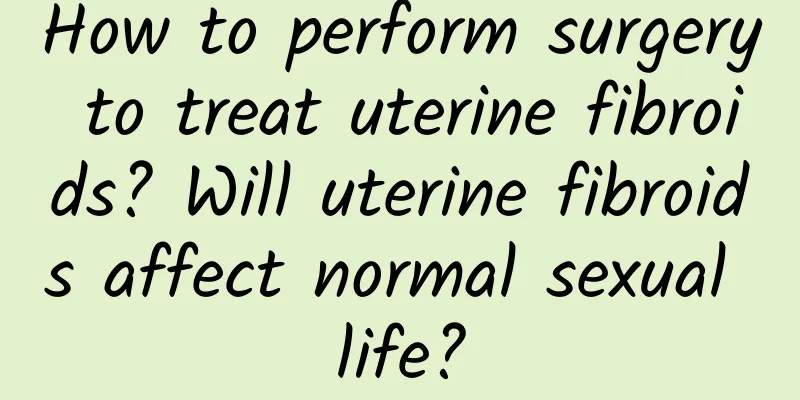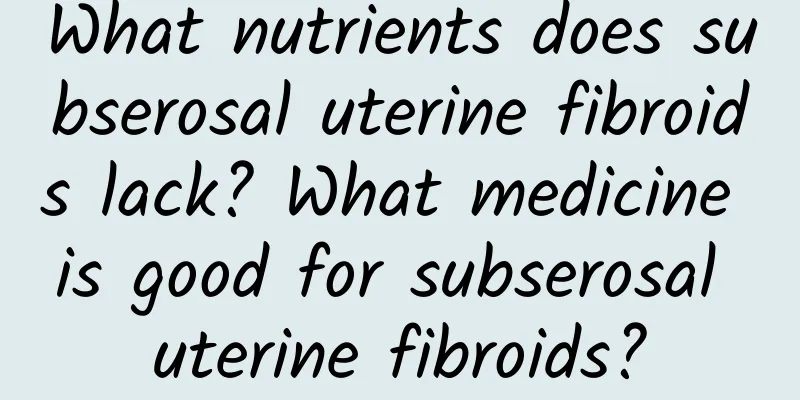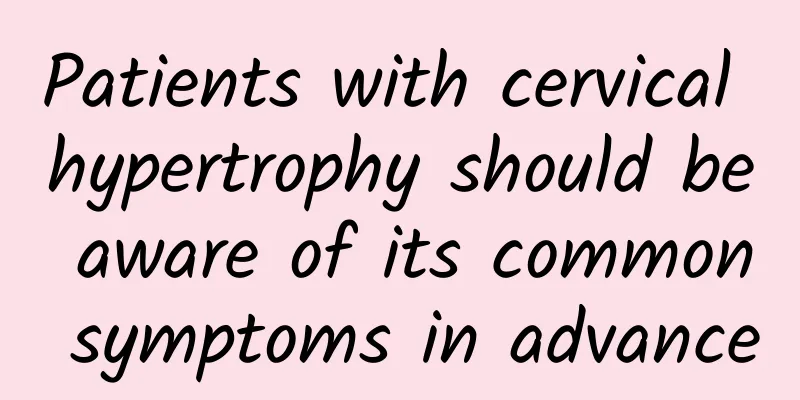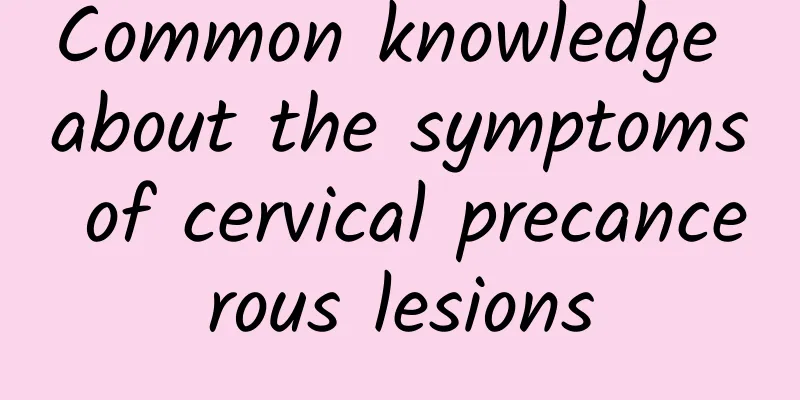What are the symptoms of uterine fibroids? How to treat uterine fibroids with minimal harm
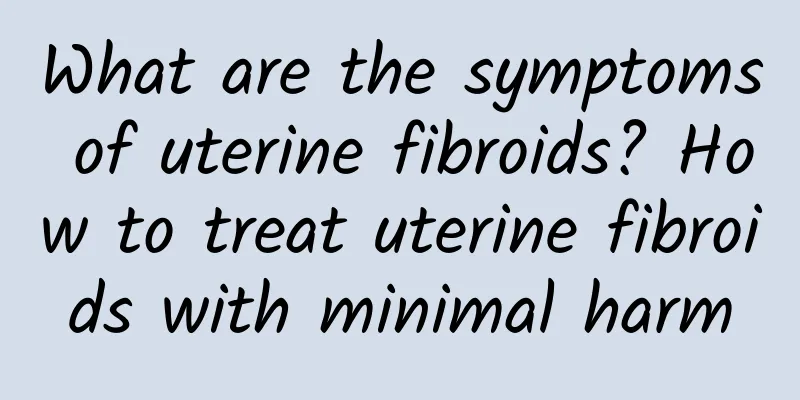
|
Uterine fibroids are a gynecological disease and a benign tumor of the female reproductive system. It has a high incidence rate and great harm. I believe that when female friends talk about uterine fibroids, they may tremble. These are all due to insufficient understanding of uterine fibroids. In fact, most uterine fibroids, as long as we pay attention to observation in life, we can still find many symptoms, and according to these symptoms, take different treatments and methods. If you are diagnosed with uterine fibroids, you should seek treatment as soon as possible. You should know that uterine fibroids are very harmful, and patients can treat them differently based on different symptoms. 1. Observation. Which fibroids can be observed? If you are near menopause and have no obvious symptoms, check every three or six months. B-ultrasound: Even if there are fibroids, but no symptoms, you can have regular follow-up examinations. 2. Patients with irregular vaginal bleeding outside of menstruation can undergo diagnostic curettage and pathological examination. 3. Drug treatment. If the menstrual volume is heavy, you can choose androgen drugs, which can counteract estrogen, shrink the endometrium, shrink the uterine smooth muscle and vascular smooth muscle, and reduce bleeding. Traditional Chinese medicine treatment can also reduce the menstrual volume, but it is not obvious for fibroids. 4. Surgical treatment. It is suitable for patients with large fibroids, obvious symptoms, and ineffective non-surgical treatment. Although uterine fibroids have no obvious symptoms, they can still be found through physical examination. Depending on the size and location, they may cause the following symptoms: 1. Compression symptoms. Larger posterior wall fibroids may compress the rectum and cause constipation, and larger broad ligament fibroids may compress the ureter. 2. Pain. The twisting of a subserosal pedunculated fibroid can cause sudden pain, and sometimes a submucosal fibroid can cause dysmenorrhea. 3. Infertility can cause infertility in women of childbearing age, but the proportion is not very high. 4. Bleeding from the submucosal fascia and myomas will increase the area of the uterine cavity and increase the amount of menstruation. |
<<: What are the symptoms of uterine fibroids? What are the types of uterine fibroids?
>>: What are the symptoms of uterine fibroids? What are the key points of uterine fibroids?
Recommend
What is candidal vaginitis and how to cure it
What is candidal vaginitis and how can it be cure...
Women should know in detail the precautions after abortion
Abortion is the most common solution for women wh...
Classification of causes of irregular menstruation There are 7 common classifications of irregular menstruation
Irregular menstruation is a general term for vari...
TCM treatment of functional uterine bleeding
Cai, 30 years old, was depressed 9 years ago beca...
Eating mooncakes and barbecue during the Mid-Autumn Festival may cause gastroesophageal reflux and indigestion! Traditional Chinese Medicine: Lotus Leaf, Hawthorn and Tangerine Peel Tea Aids Digestion
Eating mooncakes, delicious food, and plenty of m...
How long does the menstrual period last for lochia to be discharged?
How long does the menstrual period last for lochi...
Are you ready? - The process of abortion
Do you need to understand abortion for various re...
Psychological care is also important for women suffering from vulvar leukoplakia
Vulvar leukoplakia is a very common female gyneco...
What should I eat before and after uterine fibroid surgery? What should I pay attention to in my diet before and after uterine fibroid surgery?
What should be paid attention to in diet before a...
What is the use of spectral treatment for cervical erosion? What causes cervical erosion in women?
What is the use of spectrometer to treat cervical...
There is a magic tool for detoxification, bowel regulation and weight loss! Nutritionist Chen Yanfu: Apple has four major functions that you must eat
Spring is the best time to detoxify the body, and...
What are the symptoms of uterine fibroids? Is menstrual abnormality also a manifestation of uterine fibroids?
Uterine fibroids are one of the most common benig...
What are the common symptoms of vulvar leukoplakia?
The symptoms of vulvar leukoplakia are what many ...
Can cervical warts be transmitted to children?
We have heard of cervical warts many times. Due t...
Body Shaping Tutorial - The Fantasy Thigh Curve (Part 1)
Do you always have fat thighs if you don't ex...



